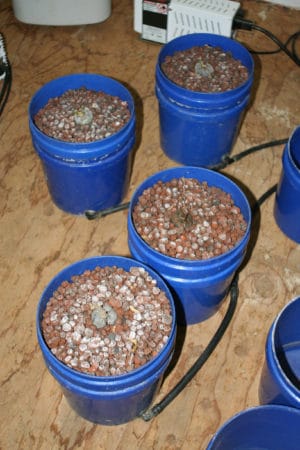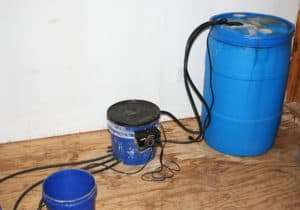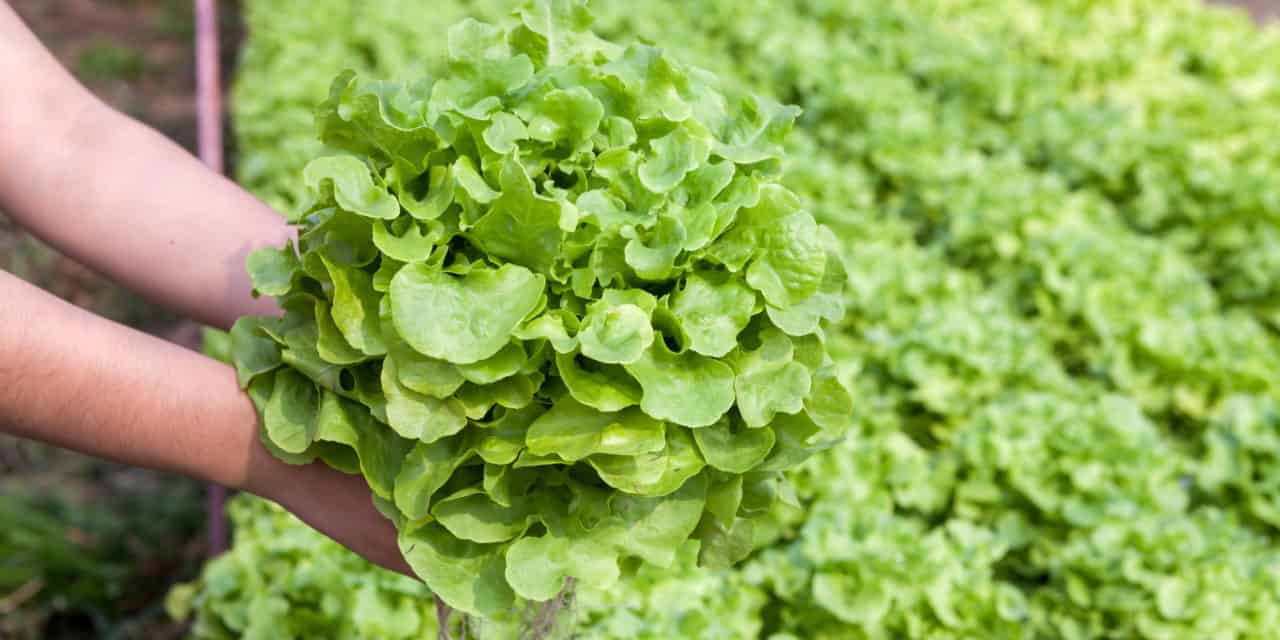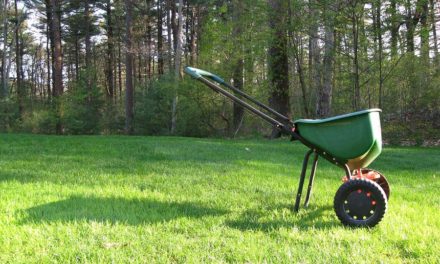Hydroponic Gardens Provide Veggies Year-Round
Story and photos by Stacy Fisher
The benefits of installing an indoor hydroponic system for food production rest not only in the money you’ll save in groceries, but in the pride of growing your own vegetables, herbs, flowers, or assorted fruit. Hydroponically grown food not only tastes better and provides families with a year-round supply of food, but also is more nutritious because your produce is fresher, with less need for pesticides or weed killer.
Growing plants hydroponically doesn’t require the use of a traditional dirt medium. Instead, growers use
 a nutrient rich water solution that circulates through plastic buckets filled with fired clay balls — such as Hydrocorn — or small rocks, allowing spaces for the roots to anchor themselves and utilize nutrients from the water.
a nutrient rich water solution that circulates through plastic buckets filled with fired clay balls — such as Hydrocorn — or small rocks, allowing spaces for the roots to anchor themselves and utilize nutrients from the water.
Other methods involve suspending your plants in mid-air and spraying the root system frequently (aeroponics). Drip systems are also common and have their own advantages.
The ideal size and shape of your indoor growing shed, outdoor greenhouse, or converted room really just depends on the kind of hydroponic design you’re building, as well as the type and number of plants you’ll be growing. The root systems of larger plants need more space and bigger containers. You can build your own very good,and inexpensive hydroponic system or consider purchasing commercially made designs from stores specializing in hydro-garden products, from online merchants, or from the auction site Ebay.
The heart of the ‘ebb and flow’ hydroponic system begins with a control bucket attached by a hose to a large, 30-gallon capacity storage barrel (capacity amounts may vary depending on the size of your garden), where liquid fertilizer is mixed with water. An additional hose from the control bucket is segmented into separate tubes to the various grow buckets. Water is recycled from the storage tank to the buckets in 15 to 30 minute intervals, regulated by a timer attached to the control bucket. Draining allow the roots to breath and prevents the plants from drowning.
Most systems use submersible, 15-amp pumps to circulate the water that carries the nutrient solution from the reservoir to nourish the roots of the plants. Submersible pumps can easily be found at hydroponic supply shops, or most home improvement stores with garden supplies. They will also come in a wide variety of sizes. Choose one that includes a filter that can be cleaned regularly or replaced when expended.
Growing indoors, of course, necessitates an artificial light source designed to emit a color spectrum that mimics natural sunlight for plants to conduct photosynthesis in order to grow. Indoor gardens require either fluorescent grow bulbs, incandescent, or more powerful metal halide or high-pressure sodium  lights. Bulb wattage should be between 600-1,000 watts.
lights. Bulb wattage should be between 600-1,000 watts.
A dedicated timer turns on and off the light(s) according to a specific schedule that match a particular plant’s growing requirements.
Where the climate can turn cold and wet, a heater plus dehumidifier is essential during winter months to keep plants from freezing. A temperature gauge provides a constant readout for a grower to maintain optimum inside temperatures between 70 and 75 degrees Fahrenheit (21-24 C). Humidity should be less than 50%.
If you have open outdoor space in which to construct a hydroponic garden, natural sunlight is ideal and best of all free. But outdoor growing may require pesticides and a barrier to prevent animals such as deer from snacking on your plants. Changing weather conditions and erratic temperature variations can limit your growing season as well. You’ll likely need an electrical outlet located close to your garden site.
A greenhouse may benefit from additional artificial lighting, depending on the amount of light available in your area. Locations in northern latitudes may not provide enough natural sunlight during certain times of the year when you wish to grow your vegetables or fruit.
Nutrient requirements vary depending on the species of plants; fertilizer compounds in varying ratios of nitrogen, potassium, phosphorus, magnesium and other elements. These ratios may change through the growing process.
Depending on your needs, hydroponic systems don’t have to be expensive. After all, it wouldn’t be worthwhile if you couldn’t grow your vegetables economically. Although the use of advanced hydroponics is cheaper in the long run, start-up cost is high as it’s expensive to procure the equipment required. Customized designs can be built using cheaper items to keep initial costs down. Several You Tube videos and online sites also provide useful tips on building systems that match your budget.
Call or visit your local nursery or hydroponic store for information on what is necessary to construct your soilless garden and prepare to feast!












